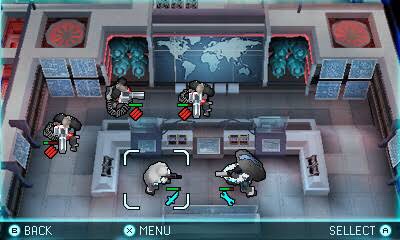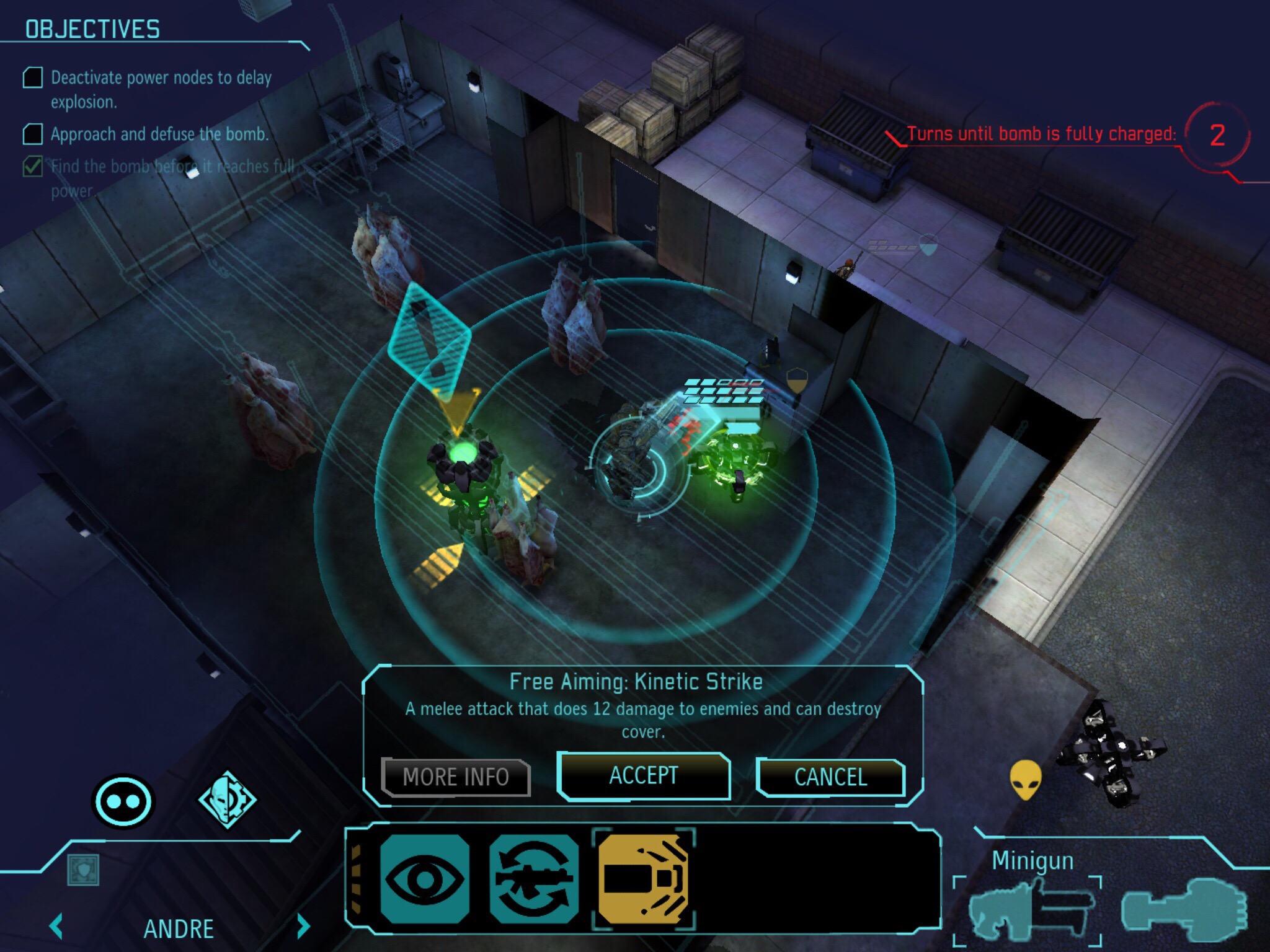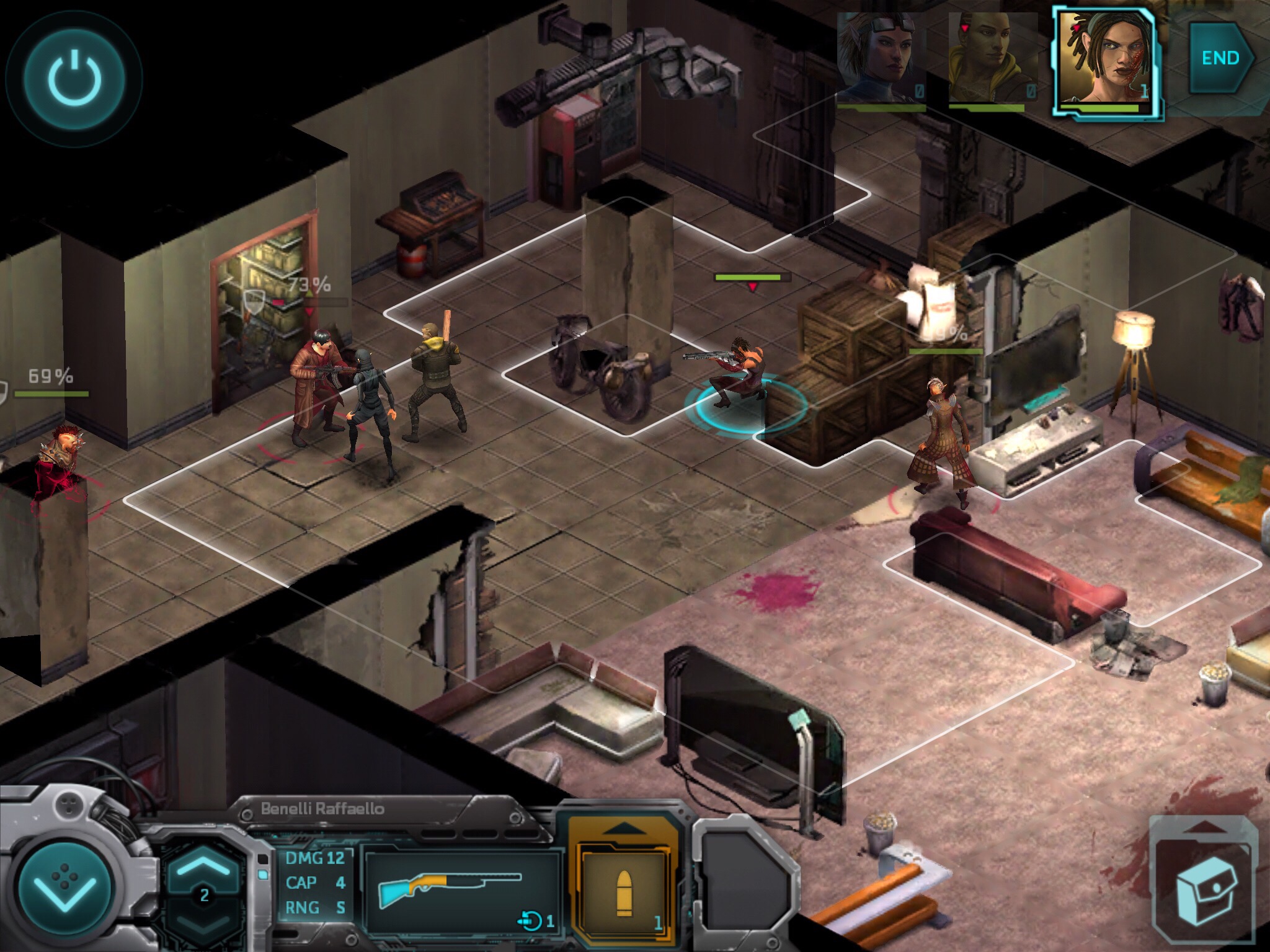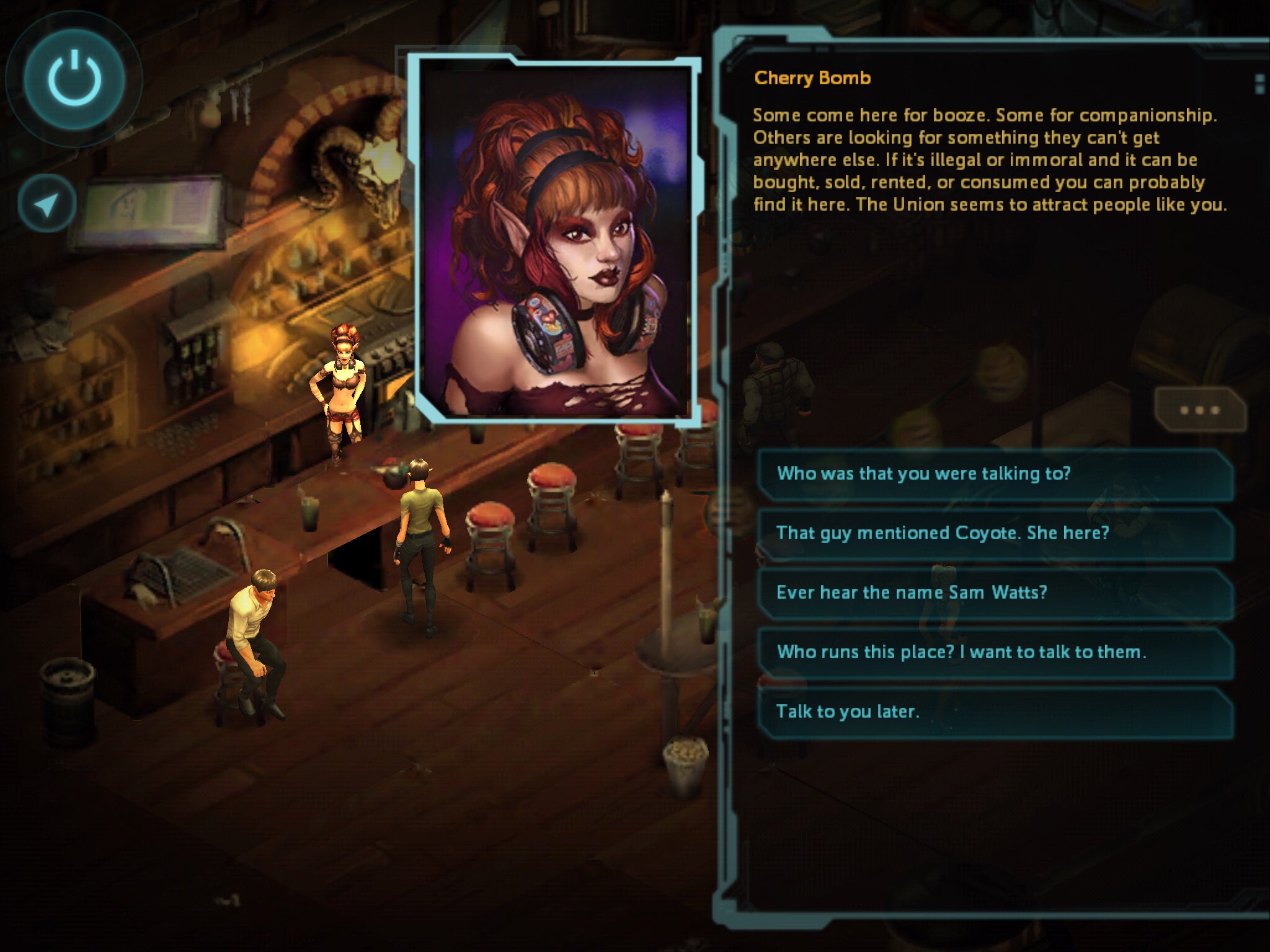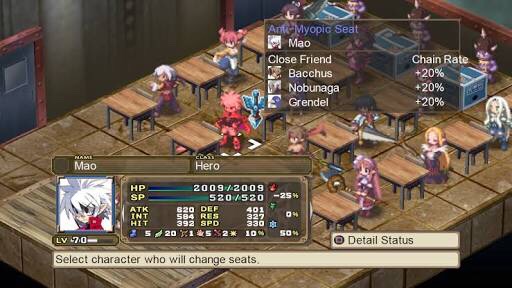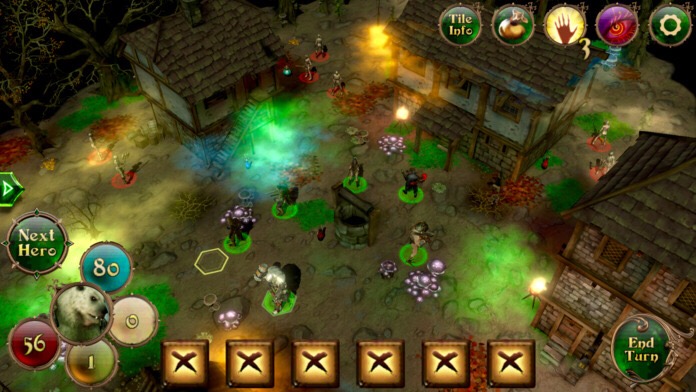 Hello, gentle readers, and welcome to the RPG Reload, the regular feature where we’re all just trying to S-rank our relationships. Last month, we continued our look at the history of turn-based tactical RPGs with a look at the years from 2000 to 2010. The genre came into the decade blazing, but by the time it wound down, things were looking pretty bleak. As it turned out, hope was right around the corner. This month, we’ll be wrapping things up by taking a look at the notable games in the genre from the last several years. At least at the moment, it feels like TRPGs are more popular than ever. The various things that had to happen for that to come about were so unlikely that it makes for quite a story.
Hello, gentle readers, and welcome to the RPG Reload, the regular feature where we’re all just trying to S-rank our relationships. Last month, we continued our look at the history of turn-based tactical RPGs with a look at the years from 2000 to 2010. The genre came into the decade blazing, but by the time it wound down, things were looking pretty bleak. As it turned out, hope was right around the corner. This month, we’ll be wrapping things up by taking a look at the notable games in the genre from the last several years. At least at the moment, it feels like TRPGs are more popular than ever. The various things that had to happen for that to come about were so unlikely that it makes for quite a story.
Let’s go back to where we left off, first. As the first decade of the new millennium drew to a close, things were looking pretty rough for TRPGs. XCOM had laid fallow for almost the entire ten-year span. Final Fantasy Tactics looked to be going into cold storage following the departure of its creator and the soft performance of its latest release, Final Fantasy Tactics A2. Fire Emblem was coming off of an especially weak release in the form of Fire Emblem: Shadow Dragon, a remake of the first game. This was just the latest in a run of performing under expectations for the series, but unlike other weak sales performers, this one wasn’t even particularly well-received by the fans. Disgaea had gone from smash hit to reliable niche, and SEGA was about to fabulously fumble the momentum they had built with the well-liked Valkryia Chronicles. Shining Force had been largely consigned to simple action-RPGs that were little more than vehicles to move merchandise.
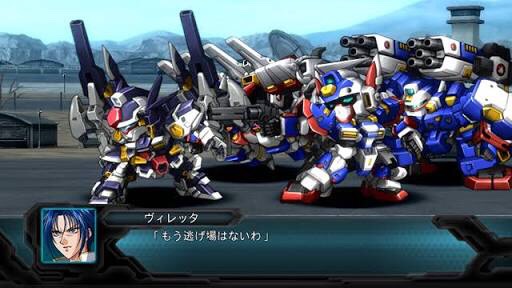
To be clear, there were still many TRPGs releasing, but it was becoming an increasingly tiny niche that only smaller developers and publishers were bothering with. Small Japanese developers like Sting, Nippon Ichi Software, and Idea Factory were keeping the fires fed, and the genre proved to be a popular choice for indies all over the world. The only series in the genre still making any sort of serious impact was Banpresto’s Super Robot Wars, and it was largely stuck in Japan due to the difficulties of worldwide licensing. The other big dogs were trying to find ways to keep their brands relevant in the face of declining interest in the genre. As already mentioned, SEGA had repurposed the Shining brand, a move that was somewhat natural given the chaotic genre-hopping it had engaged in from the start. But many others would follow in their footsteps, trying to fit these popular brands and characters into entirely different kinds of games. None would succeed in that particular strategy.
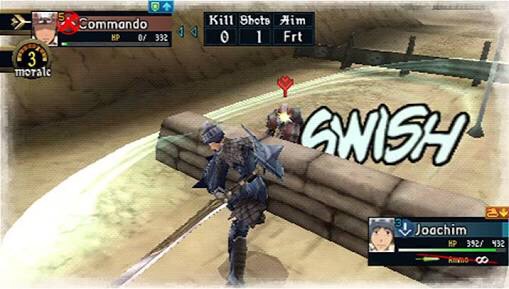
The year 2010 got off on a terrible foot. SEGA’s Valkyria Chronicles had been an unexpectedly large success on the PlayStation 3, particularly overseas. Logic would dictate that the next move was to make a sequel and see just how big the ceiling would be. And wouldn’t you know it? That’s just what SEGA did. Unfortunately, a bigger potential audience had caught their eye. Sony’s PlayStation Portable handheld was flying high in Japan off of the success of Monster Hunter. It had, in fact, become the de facto gaming hardware of choice for teenage boys and young male adults. Military-themed anime and comics were also enjoying a resurgence with that demographic, and SEGA obviously thought they had a good opportunity here. Thus, instead of following up on Valkyria Chronicles with another PlayStation 3 game that tackled similarly mature themes, SEGA instead made Valkyria Chronicles 2 for the PSP, a game that focused on high-school kids at an academy. Japan didn’t really go in for it, and with the PSP being virtually dead outside Japan at the time, no one else did, either. The third game, Valkryia Chronicles 3, was also on PSP. It was a better game, but SEGA didn’t bother releasing it outside of Japan.
A few familiar faces attempted a return in 2010. Square Enix released an outstanding remake of Tactics Ogre on the PSP. Konami tried to revive Vandal Hearts, but did it in just about the worst possible way, outsourced to a somewhat middling developer with none of the original team involved. SEGA and Red Entertainment’s Sakura Wars made a sort-of comeback with a Wii port of the 2005 PlayStation 2 title Sakura Wars 5, releasing overseas for the very first time. None of these did terribly well, turning in niche numbers at best. It’s worth noting that the Nintendo DS and Sony PSP were winding down pretty quickly in most of the world at this time, so games that might have otherwise performed better were having a tough time even getting space on store shelves.
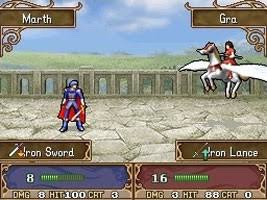 The genre had a lot of issues to deal with if it were ever to regain popularity. TRPGs were seen as old-fashioned, too complicated, and punishingly difficult. Fire Emblem was unfortunately a perfect example of these stereotypes. Its core gameplay had remained as-is for quite a while, throwing in relatively minor variations that were a hard sell to anyone but veterans. The Nintendo DS installment, Shadow Dragon, was a remake of the first game, but on top of that, it adopted a rather dull new art style. It looked dreary and felt, well, as old as it was. At the same time, it was as hard as ever. Shadow Dragon lacked the accessibility and dazzle to draw in new players, and its back-to-basics approach was off-putting for the dedicated fans. The game had performed terribly, and that left the development team with some hard choices to make. Their other turn-based tactics series, Advance Wars, had been put on hold due to sharply waning interest. Nobody wanted that to happen again.
The genre had a lot of issues to deal with if it were ever to regain popularity. TRPGs were seen as old-fashioned, too complicated, and punishingly difficult. Fire Emblem was unfortunately a perfect example of these stereotypes. Its core gameplay had remained as-is for quite a while, throwing in relatively minor variations that were a hard sell to anyone but veterans. The Nintendo DS installment, Shadow Dragon, was a remake of the first game, but on top of that, it adopted a rather dull new art style. It looked dreary and felt, well, as old as it was. At the same time, it was as hard as ever. Shadow Dragon lacked the accessibility and dazzle to draw in new players, and its back-to-basics approach was off-putting for the dedicated fans. The game had performed terribly, and that left the development team with some hard choices to make. Their other turn-based tactics series, Advance Wars, had been put on hold due to sharply waning interest. Nobody wanted that to happen again.
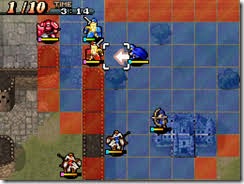 The first fruits of this new approach can be seen in Fire Emblem: New Mystery of the Emblem, a 2010 Nintendo DS remake of the Super NES game that was at this time the best-selling in the series. The game was still saddled with the miserable art style of Shadow Dragon, but in most other regards, it’s incredibly progressive in its changes. A player-created character was inserted into the story, along with some new prologue chapters and side-missions that tell a little sub-plot. A special battle preparation screen gave players access to shops and training areas between maps, but also allowed players to observe conversations between characters who had built up sufficient levels of support for one another. The game even kept track of the passage of time, allowing players to check in and get some free items and boosts that their troops would stumble on in short cut-scenes.
The first fruits of this new approach can be seen in Fire Emblem: New Mystery of the Emblem, a 2010 Nintendo DS remake of the Super NES game that was at this time the best-selling in the series. The game was still saddled with the miserable art style of Shadow Dragon, but in most other regards, it’s incredibly progressive in its changes. A player-created character was inserted into the story, along with some new prologue chapters and side-missions that tell a little sub-plot. A special battle preparation screen gave players access to shops and training areas between maps, but also allowed players to observe conversations between characters who had built up sufficient levels of support for one another. The game even kept track of the passage of time, allowing players to check in and get some free items and boosts that their troops would stumble on in short cut-scenes.
All of this might sound familiar to recent fans of the Fire Emblem series, along with the biggest change of them all: the option to play without perma-death. For the first time ever, players could choose to play in a casual mode where fallen units would be removed from the map but made available for the next mission. The development team had a lot of arguments about including this option, but it proved to be a wise move. Finally, there was also some post-release DLC that players could download to enjoy some new stories and score some useful items. There was just one problem with all of this. Based on the poor performance of Shadow Dragon and the shrinking Nintendo DS market, Nintendo passed on localizing New Mystery of the Emblem for countries outside of Japan. The overall sales of this game ended up being low enough that there was a very real risk of the next installment being the final.
New hardware came in 2011 with the release of Nintendo’s new 3DS handheld. It had its own struggles to face, but just about everyone was optimistic about it prior to release, meaning the year one support from third parties was a bit better than usual in some ways. Right at launch, 3DS owners were treated to a new TRPG from Julian Gollop, the XCOM creator whose name has appeared plenty in these articles. Ghost Recon: Shadow Wars presented a new spin on the long-running Ubisoft series, giving characters control over a squad of characters who each had their own unique skills and abilities. As you progress through the game, you can allocate points that will open up new gear and improved abilities along with increasing the character’s stats. The RPG elements are light, but the tactical gameplay is as good as you would expect from Gollop. A real bright spot in the early 3DS line-up.
 A few months later, Atlus released an enhanced port of their recent Nintendo DS TRPG, Devil Survivor. Developed by a team made up of people who had worked on Langrisser and Growlanser, Devil Survivor mixed traditional TRPG gameplay with elements from the Shin Megami Tensei series such as demon fusion and a Tokyo-based setting. Meanwhile, back on the DS, the sequel to Devil Survivor released around the same time. It too would see an enhanced 3DS port, albeit some years later. They’re good games, and there’s really nothing else out there with a similar setting in the genre.
A few months later, Atlus released an enhanced port of their recent Nintendo DS TRPG, Devil Survivor. Developed by a team made up of people who had worked on Langrisser and Growlanser, Devil Survivor mixed traditional TRPG gameplay with elements from the Shin Megami Tensei series such as demon fusion and a Tokyo-based setting. Meanwhile, back on the DS, the sequel to Devil Survivor released around the same time. It too would see an enhanced 3DS port, albeit some years later. They’re good games, and there’s really nothing else out there with a similar setting in the genre.
The next couple of years would be tremendous for the genre, seeing two of the most important series in history make surging comebacks. In addition, the rise of Kickstarter as a means of funding game projects would provide fans of the genre with a few more excellent games. Let’s look at these three things individually.
 First, one of the genre grandfathers would go all-out for what might have been its last game. Releasing in Japan in 2012 with a worldwide release the following year, Fire Emblem Awakening brought the series to unprecedented heights of popularity. Awakening benefited from all of the improvements from New Mystery of the Emblem without all of the extra baggage that game had to deal with. More than that, it also incorporated a lot of long-lost features from Fire Emblem games past. The most important of these was adopted from the Super NES Fire Emblem: Genealogy of the Holy War. If you built relationships properly, your characters could get married and have children. The children would inherit the skills of their parents, and even showed some slight cosmetic differences depending on who their parents were. The game also boasted a fresh new art style that was leaps ahead of the bland visuals of the previous two games. Oh, and the developers also threw in a ton of relatively expensive DLC just in case.
First, one of the genre grandfathers would go all-out for what might have been its last game. Releasing in Japan in 2012 with a worldwide release the following year, Fire Emblem Awakening brought the series to unprecedented heights of popularity. Awakening benefited from all of the improvements from New Mystery of the Emblem without all of the extra baggage that game had to deal with. More than that, it also incorporated a lot of long-lost features from Fire Emblem games past. The most important of these was adopted from the Super NES Fire Emblem: Genealogy of the Holy War. If you built relationships properly, your characters could get married and have children. The children would inherit the skills of their parents, and even showed some slight cosmetic differences depending on who their parents were. The game also boasted a fresh new art style that was leaps ahead of the bland visuals of the previous two games. Oh, and the developers also threw in a ton of relatively expensive DLC just in case.
Fire Emblem Awakening was a pretty solid success by series standards in Japan, but even with that data in hand, Nintendo didn’t seem to expect much from the international release. Even at the best of times, Fire Emblem had been rarely good for more than a few hundred thousand sales overseas. Much to everyone’s surprise, the game sold out of physical copies almost immediately after its overseas launch, and would do so for quite a while after. That had the knock-on effect of boosting the digital sales of the game, which for a time were among the best in the Nintendo eShop. In the end, Fire Emblem Awakening sold more than 2 million copies, doubling up on the previous best in the series by a good measure. The people had spoken. They wanted more accessible TRPG games with a stronger focus on characters. And they wanted to marry them all. The release of Fire Emblem Fates a couple of years later would prove that Awakening wasn’t just a fluke, and the brand now appears to be among Nintendo’s hottest.
Still, the demand wasn’t all just rainbows and waifu. The year 2012 also saw the return of the Western king of the genre. XCOM: Enemy Unknown brought the series roaring back with a vengeance. Developed by Firaxis for 2K, it’s essentially a re-imagining of the first game in the series. The development team obviously did their homework well. Even without the participation of the series creator, they managed to hit almost all of the notes that fans of the original games were looking for. It pulls back slightly on the sim elements but still retains enough of a bite in that aspect to satisfy. The actual combat is superb. The game released across a number of platforms and was a huge hit, selling several million copies when all was said and done. It got a well-received expansion called Enemy Within, and recently got a sequel. That game didn’t fare quite as well as the 2012 reboot did, but it still sold in the millions.
It wasn’t just the big companies that reaped the benefits of the renewed interest in the TRPG genre, however. Thanks to crowd-funding site Kickstarter, some lesser-known developers were able to make all kinds of dreams come true. It’s not surprising that some of those dreams included TRPGs. The most famous of this lot is The Banner Saga, an epic tale that blends simulation elements, interactive fiction, and some excellent turn-based battles into something with a flavor all of its own. Like most Kickstarter-funded games, its road to completion wasn’t fully smooth, but it’s hard to argue with the results. The game spawned one sequel and has another on the way to wrap things up with the story.
Elsewhere on Kickstarter, an old brand was revived with a tactical flavor. Shadowrun, the classic pen-and-paper cyberpunk RPG, was a brand that ended up being bounced around for quite a while as its publisher FASA Corporation got sold, bought, and re-sold. The fans were pretty clear what they wanted from a new video game based on it, but most of the companies involved weren’t listening for whatever reason. Finally, one of the founders of FASA set up a new company called Harebrained Schemes. The developer took to Kickstarter to get the funds to bring Shadowrun back as the RPG its fans were crying for. While in most respects Shadowrun Returns turned out to be a typical RPG, its combat system was clearly inspired by TRPGs. Sort of a modern nod to the classic Goldbox games from SSI, I suppose. Shadowrun Returns did well enough to earn a couple of follow-ups before its developer completely moved on to other things. There are iPad versions of the first two, but they’ve been abandoned by Harebrained since just after the launch of the second game, Dragonfall.
Still, there are worse Kickstarter horror stories than a developer who doesn’t take care of its customers post-release. I mean, at least the Shadowrun people actually released their game. The same can’t be said for Playdek, one of the many developers who have tried (and failed) to fill the demand for a spiritual successor to Final Fantasy Tactics. After a rocky Kickstarter campaign that left many backers feeling deceived, Unsung Story managed to stumble across the funding finish line. That was well over three years ago, and backers don’t have anything to show for it beyond the occasional broken promises that break through the usual routine of radio silence from Playdek. It’s a shame, as this game looked to bring Yasumi Matsuno, one of the pioneers of the genre, back into the mix after years of absence.
Nevertheless, the TRPG genre is still thriving as of the writing of these articles. Just this week, Ubisoft and Nintendo announced an entry into the genre featuring a mash-up of Super Mario and the Rabbids. If that’s not a clear sign that turn-based tactics are back in the mainstream, I don’t know what is. Fire Emblem is big enough now to support spin-offs like Fire Emblem Warriors, and the F2P mobile game Fire Emblem Heroes is making money hand-over-fist for Nintendo. I wouldn’t be surprised if we saw more XCOM, and SEGA’s even dusting off old Valkyria Chronicles for another go around. Disgaea has never really gone away and was most recently seen on the new Nintendo Switch. Heck, even Langrisser resurfaced, albeit as a trash-tier low-budget entry trying to ride on Fire Emblem‘s coat-tails as hard as possible. We’re in such an age of miracles for the genre that we’re even finally getting a licensed Super Robot Wars game released in English soon. How about that?
Of course, iOS gamers probably didn’t notice all of these ups and downs. The TRPG genre has been a somewhat consistent staple of the platform, with a nice mix of indie originals like Demon’s Rise, Templar Battleforce, and Kingturn RPG, quality ports like Final Fantasy Tactics, XCOM: Enemy Within, and The Banner Saga, and even some emulated classics like the Julian Gollop collection that can be found in the Spectaculator app. You could probably make a decent case for some of the big F2P games being variations on the genre, but I’ll leave that to someone who likes those games better. The touch-based interface of smartphone gaming is a natural match for TRPGs, and the start-and-stop nature of the genre fits nicely with the active lifestyle of many mobile gamers.
As genres tend to go in cycles, I’m sure this current renaissance will reach an end at some point. Still, it’s impressive to see the sheer longevity and tenacity of this particular sub-genre. Its roots can be found in the very origins of the hobby, and just about every publisher worth a shake of salt has taken a try at making one. While it has been spinning its wheels to an extent, the TRPG genre has shown just how big of an effect small refinements can have in terms of appeal. At any rate, I hope you enjoyed this little walk through history. We’ll be tackling the action-RPG genre starting from next month, so buckle your seatbelts. There’s bound to be fights over the classification of those!
Next Week’s Reload: The Lost Treasures of Infocom (Free)
